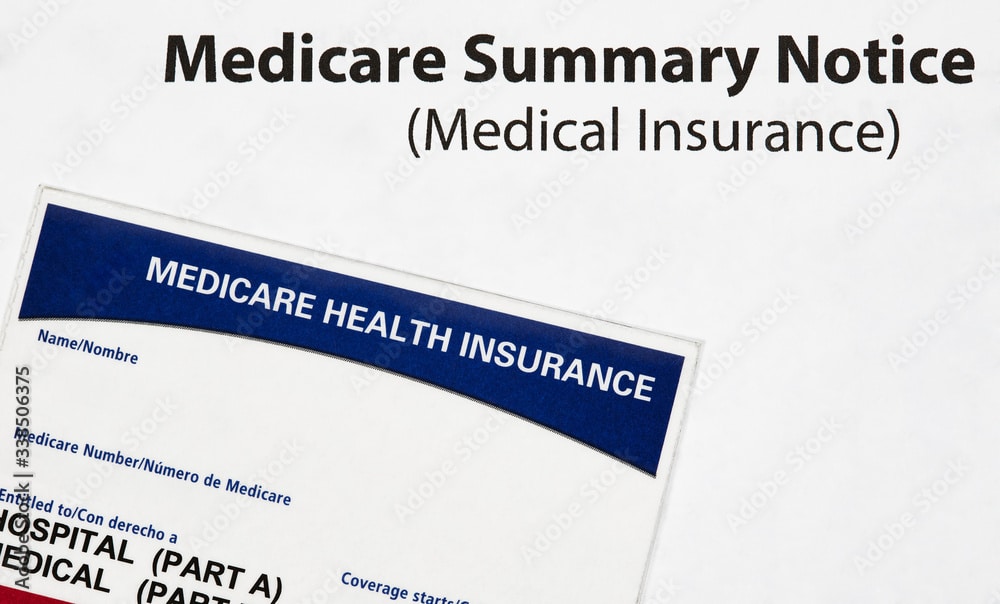If you are a senior or nearing retirement, you may be looking into Medicare options. Even though Medicare offers a wide variety of health care services, it does not come with no cost. Different types of Medicare plans have various costs associated with them. One decision you must make is whether to go with Original Medicare or Medicare Advantage. In the first part of this two-part article, we will discuss the cost of Part A.
Do you have to pay for Part A?
Most of the time, you do not have to pay a monthly fee for Part A coverage if you or your partner paid Medicare taxes for a certain amount of time. This is known as premium-free Part A. If you are not qualified for premium-free Part A, you may be able to obtain it by paying a premium. Depending on how long either you or your spouse paid Medicare taxes, the monthly premium in 2023 could be either $278 or up to $506. If you are having trouble paying your Part A premium, you can contact Medicare or call our office at 1-877-835-9806.
What’s the Part A late enrollment penalty?
If you are eligible for Part A of Medicare, but you do not sign up for it when you can, you may be required to pay a higher premium for a period of two times as long as you could have had the coverage. So, for example, if you were eligible for two years, but did not sign up, you will have to pay a 10% higher premium for four years. It is important to note that this information is only applicable to Original Medicare and not Medicare Advantage Plans, and that the deductibles and coinsurance costs can change each year.
Before we dive into Part A Deductible and Coinsurance, note that all information below pertains to Original Medicare. Policyholders with Medicare Advantage Plans will also have all of these services covered by insurance, but costs vary by plan. Deductibles and coinsurance, as dictated by Medicare, tend to increase each year.
Part A Deductible and Coinsurance
For every period of coverage, Part A has an overall deductible amount that usually rises each year. The first 60 days of each period have no coinsurance, but for days 61-90, there is a flat fee for each day. After the 90th day, the rate of coinsurance increases from what was paid for days 61-90. Any other costs will have to be paid by the patient.
However, there are some exceptions such as for home health care, hospice care, inpatient hospital care, and mental health care.
In addition, those eligible for Medicare should be aware that if they do not sign up for the program as soon as they can, they will have to pay 10% more for premiums for twice as many years as they had access to Part A insurance but didn’t enroll.
In the next part of our guide to Medicare costs, we will provide more details.


